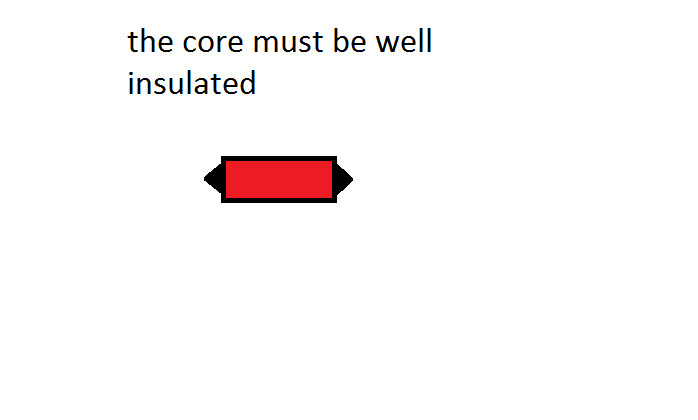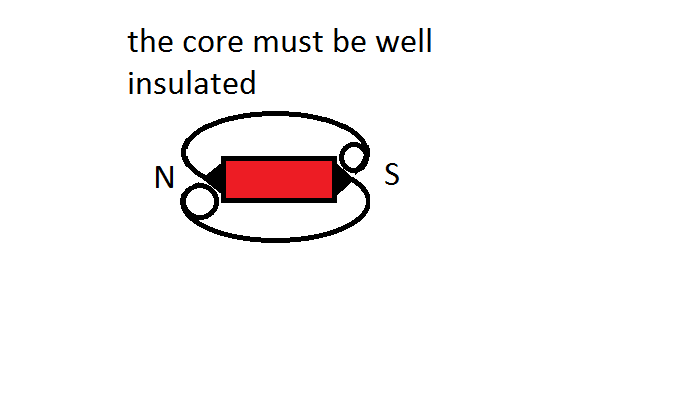Originally posted by Shadesz
View Post
OK that's all good for me. I am totally open to a new idea. we only want the truth. Please explain how you see it. We must explore all possibility

 If you ever hit a road block and are looking for something else to try, I would hope you would try it out on your beautifully updated motor.
If you ever hit a road block and are looking for something else to try, I would hope you would try it out on your beautifully updated motor. Plus, if you
Plus, if you 








Comment